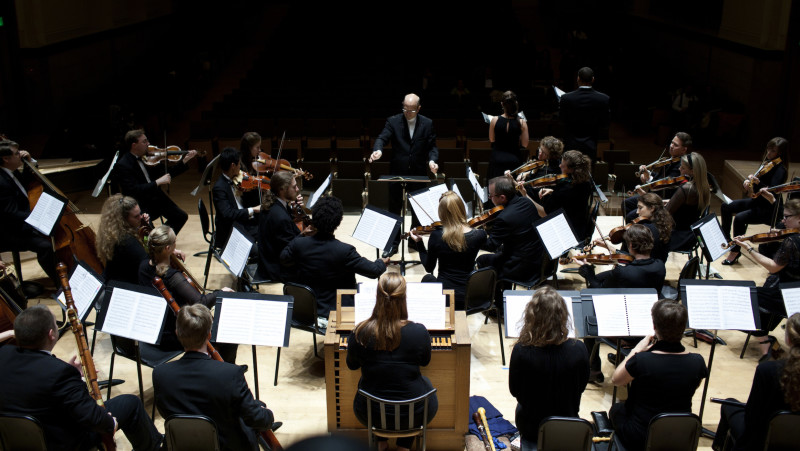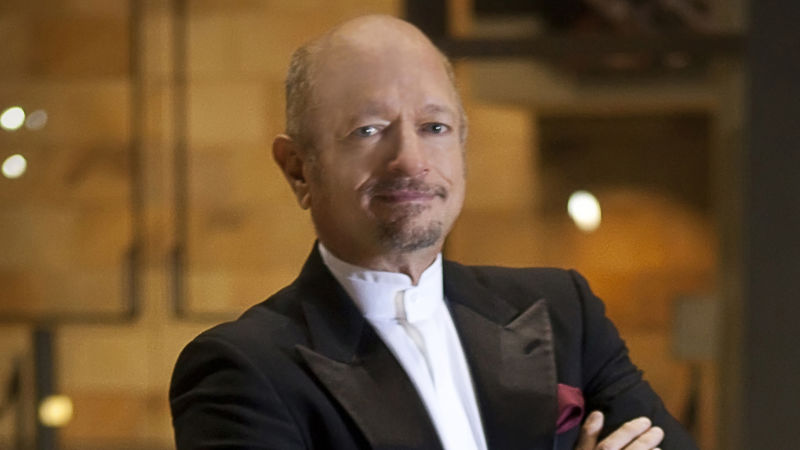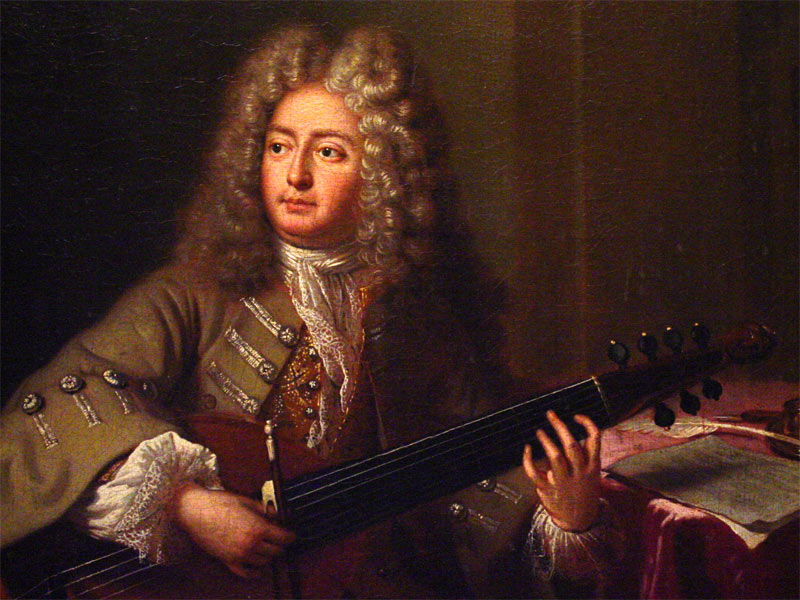This summer, Bay Area audiences will get the chance to witness an opera that hasn’t been seen outside of Europe since the 18th century. Marin Marais’ Sémélé — based on Ovid’s myth about the origins of Bacchus, the Roman god of wine — includes scenes of drunkenness, love, infidelity, jealousy, and fiery immolation.
The 1709 opera is part of the sixth American Bach Soloists (ABS) Festival and Academy — an annual event dedicated to historically informed performances of Baroque music. Conductor and ABS co-founder Jeffrey Thomas leads concerts focused on Bach’s French contemporaries at the court of Versailles and answers some questions about the programming this year.

Why did American Bach Soloists decide to feature Marin Marais’ Sémélé in the festival this year?
Each festival season, we have had a focus of some sort on a type of music or a particular national style. Whereas we have performed music from the French Baroque before, both during regular ABS seasons and at the Festival (Rameau’s Pigmalion in July 2012 and works by Charpentier and Couperin during regular seasons), we hadn’t yet chosen that theme as a subject. The music and the culture of the period is, of course, extravagant as one would expect considering the opulent and rich tastes of Louis XIV and XV, so it seemed like a wonderful idea. Additionally, for the benefit of our Academy participants, studies of performance practice of the French Baroque are essential. A large part of the Baroque repertoire stems from this background, and it is quite different in many aspects from the music of all other national schools at the time.
Why has it taken so long for Sémélé to be performed outside of Europe?



